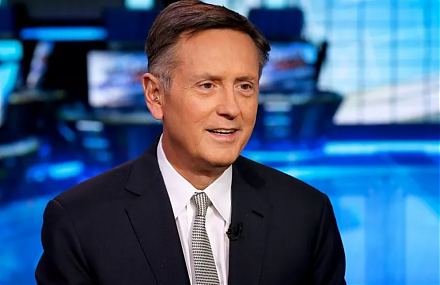

2018-04-29 13:44:00 Sun ET
technology social safety nets education infrastructure health insurance health care medical care medication vaccine social security pension deposit insurance

World Bank economists George Psacharopoulos and Harry Patrinos investigate 1,120 studies across 139 countries to derive an average annual rate of return on each marginal increase in the basic level of educational attainment. This 8.8% pay premium far exceeds the U.S. stock market return about 5.6%-6% per annum over the past 5 decades. The pay premium excludes social gains such as positive social interactions and low mortality rates in close association with better education. Also, the pay premium is higher for girls and college graduates (in direct comparison to postgraduates). This premium is higher in low-income countries primarily as these countries recruit a smaller share of international citizens with higher education.
In accordance with the law of lower marginal value, this pay premium dwindles for each extra year of educational attainment. Psacharopoulos and Patrinos posit a current race between education and technology. This race suggests that high-tech advances accelerate to favor high-skill workers to the detriment of low-skill workers. The normative implication for public policy is that the government should subsidize college education or even graduate school attendance. This subsidization serves as a worthy socioeconomic investment in human capital.
If any of our AYA Analytica financial health memos (FHM), blog posts, ebooks, newsletters, and notifications etc, or any other form of online content curation, involves potential copyright concerns, please feel free to contact us at service@ayafintech.network so that we can remove relevant content in response to any such request within a reasonable time frame.
2019-10-03 17:39:00 Thursday ET

President Trump indicates that he would consider an interim Sino-American trade deal in lieu of a full trade agreement. The Trump administration defers high
2025-09-28 10:10:51 Sunday ET

Stock Synopsis: With a new Python program, we use, adapt, apply, and leverage each of the mainstream Gemini Gen AI models to conduct this comprehensive fund
2019-09-01 10:31:00 Sunday ET

Most artificial intelligence applications cannot figure out the intricate nuances of natural language and facial recognition. These intricate nuances repres
2019-03-11 10:32:00 Monday ET

Lyft seeks to go public with a dual-class stock ownership structure that allows the co-founders to retain significant influence over the rideshare tech unic
2023-09-21 09:26:00 Thursday ET

Jordi Gali delves into the science of the New Keynesian monetary policy framework with economic output and inflation stabilization. Jordi Gali (2015)
2020-11-17 08:27:00 Tuesday ET

Management consultants can build sustainable trust-driven client relations through the accelerant curve of business value creation. Alan Weiss (2016)